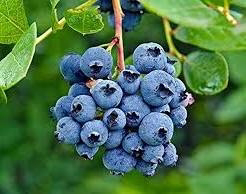Crab apple

Crab apple farming, also known as crab apple orcharding, involves the cultivation of crab apple trees for various purposes, including the production of fruit, ornamental purposes, and even for cider production. Crab apples (Malus spp.) are small, tart apples that are typically less than 2 inches in diameter. Here are some key aspects to consider when it comes to crab apple farming: Click on the link 🔗🖇️👇 https://daniblogs.com/BF/607328ob Site selection : Choose a location with well-drained soil, preferably loamy soil with good fertility. Ensure that the site receives adequate sunlight, as crab apples require at least six hours of direct sunlight per day. Variety selection: There are numerous crab apple varieties available, each with different characteristics such as fruit size, flavor, and ornamental value. Select varieties that align with your farming objectives, whether it's for fruit production or ornamental purposes. Planting : Plant crab apple trees in early sp...





